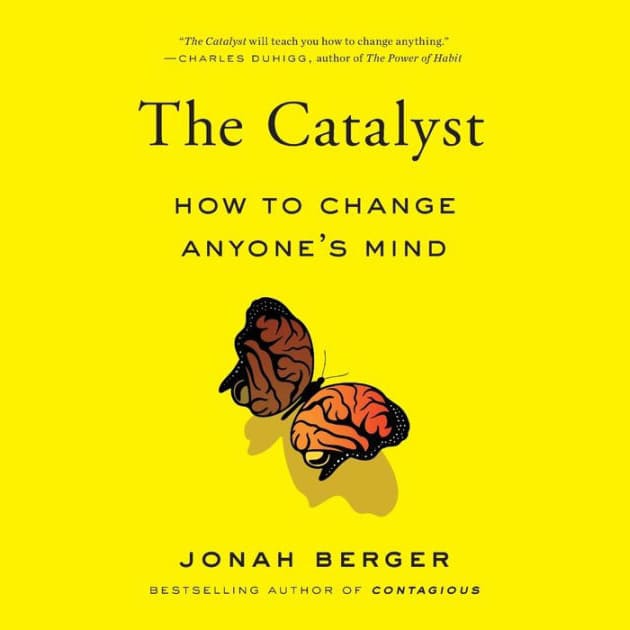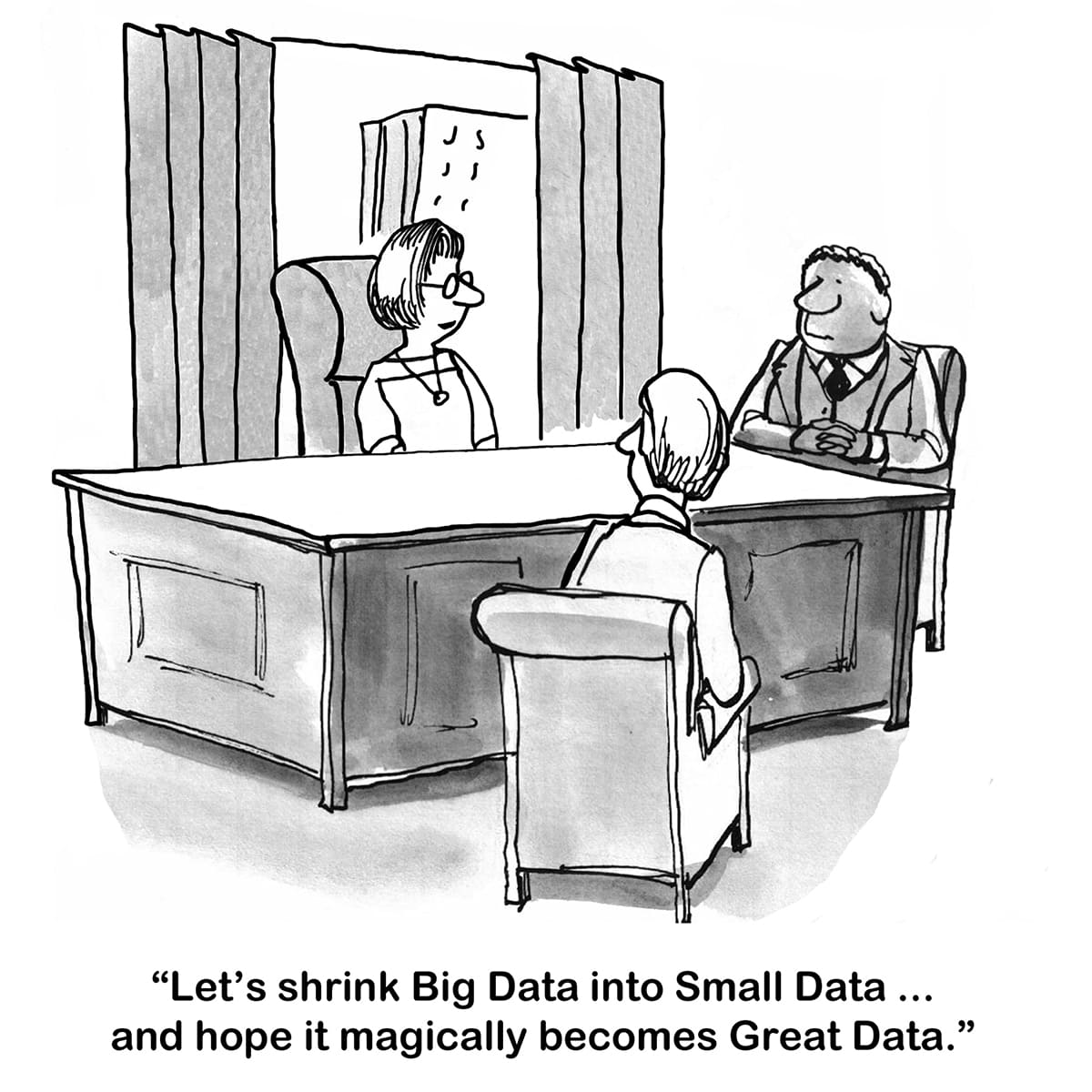Spotlight
Shining a light on how sales works in emerging and new business models and across different industries
6 Mind Changing Tools to Communicate Complex Ideas
Do you want to be a thought leader sales person in your domain? Well then, getting complicated ideas across with purchase committees and groups is part of your job description!

Writing for Kellogg Insights, Mitchell Petersen, Glen Vasel Professor of Finance; Kellogg School of Management, offers 6 tools to make this happen. Here are the 6 tools, and possible ways they could be used in sales situations...
- 1.Data
Data is descriptive and it tells us what happened in the past. But we should sift out the underlying structure. People don’t argue with numbers. So, data can be used to simplify a complex idea
Possible application in a sales situation – If you are trying to propose to a purchase committee in a large company how your new product or product extension will make them future ready, the task is made much easier with data from the company’s past numbers to establish that the buyer company would benefit from exploring the new product or product extension
- 2.Logic
According ancient philosopher Aristotle the aim of logic is the “elaboration of a coherent system that allows us to investigate, classify, and evaluate good and bad forms of reasoning” (Source: Internet Encyclopaedia of Philosophy). The use of logic is invaluable in simplifying complex ideas
Possible application in a sales situation – When non-linear trends are at work, logic is an excellent tool to convince the Customers. Switching from an existing buying arrangement may be extremely uncomfortable for the Customer. Yet the logic of ‘falling slowly and then sharply’ can be a clincher. Historical examples include, cameras and pagers
- 3.Equations
An equation lets you to capture the relationship between business variables mathematically.
Possible application in a sales situation – A HBS Case Study on ‘Pricing, Profits and Customer Value’ authored by Cespedes, Shapiro and Ross offers an insightful equation that could come in handy to impress B2B procurement teams
In actual business situations, B2B purchase groups frequently overlook the pre and post purchase cost that are not visible in a proposal. So, the following equation can be used to get them to think afresh:
Total Customer cost = Acquisition costs + Possession costs + Usage costs
Below are 2 illustrative examples of each cost element
- Acquisition costs – Shipping time, pre purchase evaluation costs
- Possession costs – Quality assurance, Speed of obsolescence
- Usage costs – Training costs, Replacement costs
- 4.Pictures
The entire science of data visualisation is built around pictures. The now famous One Minute on Internet infographic is a nice example of using pictures to prove that so much is always happening on the Internet.
Possible application in a sales situation – A basic pie chart showing share of products purchased is easier for the audience to consume than data tables. If you are working hard to convince the Customer, why they should buy more of ‘X’ and less of ‘Y’, a pie diagram can do the hard work for you
- 5.Stories
“Stories are fundamentally part of what it means to be human” Peterson reminds us. “Stories are the most tangible shorthand for even very abstract concepts”
Possible application in a sales situation – Sales professionals are privileged to meet all kinds of Customers. This makes them a virtual storehouse of stories. Telling a story about how another Customer handled a challenge or tapped an opportunity is more influential than a dull list of bullet points on the screen
- 6.Participation
Peterson suggests that you actively encourage your audience to push back, disagree, or ask for clarification
The more senior the audience is, the more important it is to do this, as it promotes ownership of complex ideas
Possible application in a sales situation – Participation acts as an unfailing dipstick to make out whether the ideas in a sales presentation have been understood correctly. This opens up opportunities for course correction, elaboration and clarification
You can read the full length Kellogg’s Insight here
"Everything we hear is an opinion, not a fact. Everything we see is a perspective, not the truth."
– Marcus Aurelius –







